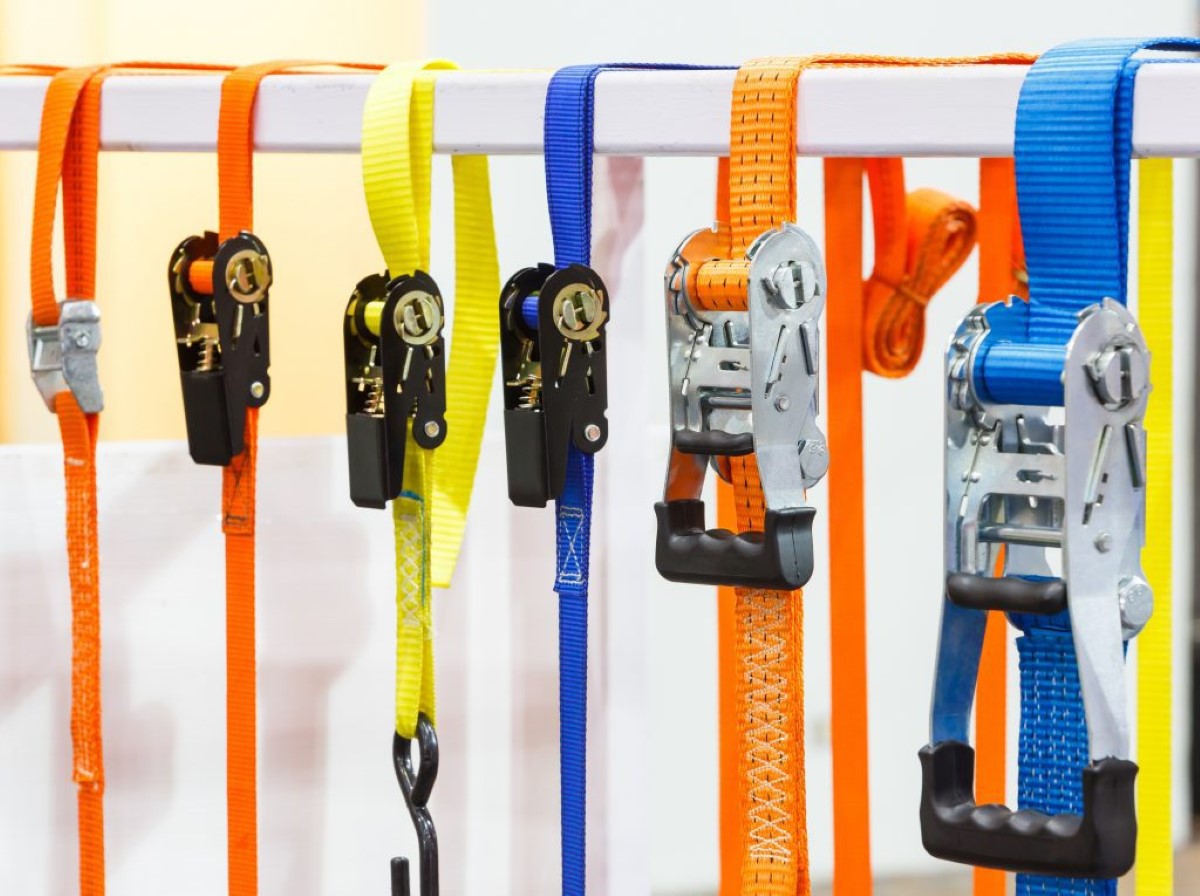

Articles
How To Store A Ratchet Strap
Modified: December 7, 2023
Learn how to properly store a ratchet strap with these helpful articles. Discover tips and tricks to ensure your straps stay in top condition for longer.
(Many of the links in this article redirect to a specific reviewed product. Your purchase of these products through affiliate links helps to generate commission for Storables.com, at no extra cost. Learn more)
Introduction
When it comes to storing a ratchet strap, proper care and maintenance are essential to ensure its longevity and optimal performance. A ratchet strap is a valuable tool used for securing cargo during transportation or storage, and if not stored correctly, it can become tangled, damaged, or worn out over time.
In this article, we will provide you with a step-by-step guide on how to store a ratchet strap properly. By following these guidelines, you can ensure that your ratchet strap remains in perfect condition and ready for use whenever you need it.
So, let’s dive in and explore the best practices for storing a ratchet strap!
Key Takeaways:
- Properly storing a ratchet strap involves cleaning, inspecting, loosening, coiling, securing, and storing it in a dry, safe location. Regular checks ensure longevity and safety, making it a reliable cargo securing tool.
- By following the step-by-step guide for storing a ratchet strap, you can maintain its functionality, durability, and safety. Proper storage practices ensure that the strap remains in excellent condition and ready for use whenever needed.
Read more: How To Store Purses With Long Straps
Step 1: Clean and Inspect the Ratchet Strap
The first step in storing a ratchet strap is to clean and inspect it. Over time, dirt, dust, and other debris can accumulate on the strap, which can affect its functionality. Cleaning the strap ensures that it is free from any contaminants that could potentially compromise its performance.
To clean your ratchet strap, start by wiping it down with a damp cloth or sponge. Use mild soap or detergent if necessary, but avoid using harsh chemicals as they can damage the strap material.
Once you’ve cleaned the strap, inspect it thoroughly for any signs of wear or damage. Check the webbing material for fraying, tears, or weak spots. Inspect the ratchet mechanism for any signs of rust or malfunction.
If you notice any defects or concerns during the inspection, it’s essential to address them before storing the strap. Replace any damaged or worn-out parts to ensure the strap’s reliability and longevity.
By cleaning and inspecting your ratchet strap regularly, you can identify and fix any issues before they worsen. This step will significantly contribute to the overall effectiveness and durability of the strap.
Step 2: Loosen the Strap Completely
Before you store a ratchet strap, it’s crucial to release the tension and loosen the strap completely. This step is vital to prevent unnecessary stress on the strap and avoid potential damage during storage.
To loosen the strap, locate the release lever or button on the ratchet mechanism. Press or lift the lever to release the tension and allow the strap to unwind freely. Ensure that there is no resistance or tightness in the strap, as this can lead to unnecessary strain and potential wear and tear.
Loosening the strap also helps to maintain the integrity of the ratchet mechanism. Keeping the strap tightened for extended periods can cause the ratchet mechanism to become stiff or malfunction. By releasing the tension, you promote the longevity and functionality of the strap.
Remember to take your time and ensure that the strap is completely loose and unwound. Any residual tension can lead to tangled straps or difficulties when using the ratchet strap in the future.
By loosening the strap fully before storage, you will not only prolong its lifespan but also make it easier to handle and store without the risk of tangling or intertwining.
Step 3: Coil the Strap
Once the ratchet strap is completely loosened, the next step is to coil it properly. Coiling the strap not only helps with storage but also prevents tangling and ensures that the strap remains in good condition.
To coil the strap, start by holding the loose end of the strap firmly in one hand. Use your other hand to guide the strap as you smoothly fold it back and forth in a zig-zag motion. Keep the coils tight and parallel to each other to prevent any knots or entanglements.
Make sure that the coils are evenly formed and that there are no twists or kinks in the straps. The goal is to create a neat and organized coil of the ratchet strap.
While coiling, be mindful of any excess strap length. If the strap is longer than necessary, you can fold it in half and continue coiling until you reach the end. This method helps to keep the strap compact and prevents it from taking up too much space during storage.
By taking the time to coil the strap properly, you not only ensure easy storage but also make it more convenient to unravel and use the ratchet strap when needed. Plus, a neatly coiled strap helps to maintain its integrity and prevent any damage that might occur from tangling or improper storage.
When storing a ratchet strap, make sure to clean and dry it thoroughly before coiling it up neatly. Store it in a dry, cool place away from direct sunlight to prevent damage and prolong its lifespan.
Step 4: Secure the Loose End
After coiling the ratchet strap, it’s important to secure the loose end to prevent it from unraveling or causing any inconvenience during storage. By properly securing the loose end, you can ensure that the strap remains neat and ready for use whenever needed.
There are several ways to secure the loose end of the ratchet strap. One common method is to use a rubber band or a Velcro strap to hold the coils tightly together. This helps to keep the strap compact and prevents it from loosening or unraveling over time.
Alternatively, you can use a zip tie or a small piece of rope to secure the loose end. Make sure that it is tightly fastened to prevent any movement or slippage.
If your ratchet strap has a built-in strap keeper, use it to hold the coiled strap in place. The strap keeper is designed to secure the loose end of the strap and prevent it from coming undone.
Whichever method you choose, ensure that the loose end is secured tightly and securely. This will not only maintain the tidiness of the storage area but also ensure that the strap stays in place and remains ready for use without any hassle.
Remember, proper storage starts with securely fastening the loose end of the ratchet strap, so take the time to secure it well for optimal storage and easy access whenever needed.
Read more: How To Store Tie Down Straps
Step 5: Store in a Dry and Safe Location
Now that you have properly coiled and secured the ratchet strap, it’s time to determine the best location for storage. Storing the strap in a dry and safe environment is crucial to preserve its quality and ensure its longevity.
First and foremost, choose a location that is dry and free from moisture. Exposure to moisture can cause the strap to deteriorate, develop mold or mildew, and weaken its overall strength. Avoid storing the strap in areas prone to humidity, such as basements or damp garages.
Additionally, consider the temperature of the storage area. Extreme heat or cold can also negatively impact the strap’s material, leading to brittleness or degradation. Opt for a moderate temperature environment to keep the strap in optimal condition.
When it comes to the physical storage of the ratchet strap, there are several options. You can hang it on a hook or a pegboard, place it in a storage bin or toolbox, or even use a designated storage bag. Whichever method you choose, make sure that the strap is protected from excessive exposure to sunlight, dust, and any sharp or abrasive objects that may cause damage.
Labeling or organizing the storage area can also be helpful. This way, you can easily locate the ratchet strap when needed, preventing unnecessary searching or confusion.
Lastly, be mindful of other items stored nearby. Avoid placing heavy objects on top of the strap, as it can cause unnecessary pressure and potential damage.
By storing your ratchet strap in a dry and safe location, you can ensure that it remains in optimal condition and ready for use whenever necessary. Taking the time to find the right storage spot will significantly contribute to the longevity and reliability of your ratchet strap.
Step 6: Check the Ratchet Strap Regularly
Even after you have properly stored your ratchet strap, it’s important to perform regular checks to ensure its continued functionality and safety. Checking the strap regularly helps identify any signs of wear or damage that may have occurred during storage or previous use.
Start by inspecting the webbing material for any fraying, tears, or cuts. Look for any signs of weakening, such as thinning or stretching, that may compromise the strap’s strength. If you notice any damage, it’s crucial to replace the strap promptly to prevent any accidents or failure during use.
Next, examine the ratchet mechanism for any signs of rust, corrosion, or malfunction. Ensure that the handle and release lever operate smoothly and that the ratcheting action is functioning correctly. If you encounter any issues, such as difficulty in tightening or releasing the strap, it’s essential to address them before using the ratchet strap.
Also, check the hooks or attachments for any bending or deformation. Bent or damaged hooks can compromise the secure attachment of the strap and should be replaced as soon as possible.
Performing routine inspections and maintenance not only helps to prolong the lifespan of your ratchet strap but also ensures your safety and the safety of your cargo. It allows you to identify any potential issues early on and take appropriate action to prevent accidents or damage during use.
Make it a habit to check your ratchet strap before each use and periodically throughout the storage period. This way, you can have peace of mind knowing that your strap is in optimal condition and ready for any task that comes your way.
Conclusion
Properly storing a ratchet strap is essential to maintain its functionality, durability, and safety. By following the steps outlined in this guide, you can ensure that your ratchet strap remains in excellent condition and ready for use whenever you need it.
Start by cleaning and inspecting the strap to remove any dirt or debris and identify any signs of wear or damage. Loosen the strap completely to relieve tension and prevent strain on the strap and ratchet mechanism.
Coil the strap neatly to prevent tangling and ensure easy storage. Secure the loose end using rubber bands, Velcro straps, zip ties, or strap keepers to maintain its organization and prevent unraveling.
Store the ratchet strap in a dry and safe location, away from moisture, extreme temperatures, and potential damage. Regularly check the strap for any signs of wear, fraying, or damage, and address any issues promptly.
By taking these steps, you can extend the lifespan of your ratchet strap and ensure its reliability and effectiveness. Remember, a well-maintained and stored ratchet strap is an invaluable tool for safely securing your cargo during transportation or storage.
So, take the time to care for your ratchet strap and enjoy the peace of mind that comes with knowing it’s always ready for use. Happy storing!
Frequently Asked Questions about How To Store A Ratchet Strap
Was this page helpful?
At Storables.com, we guarantee accurate and reliable information. Our content, validated by Expert Board Contributors, is crafted following stringent Editorial Policies. We're committed to providing you with well-researched, expert-backed insights for all your informational needs.

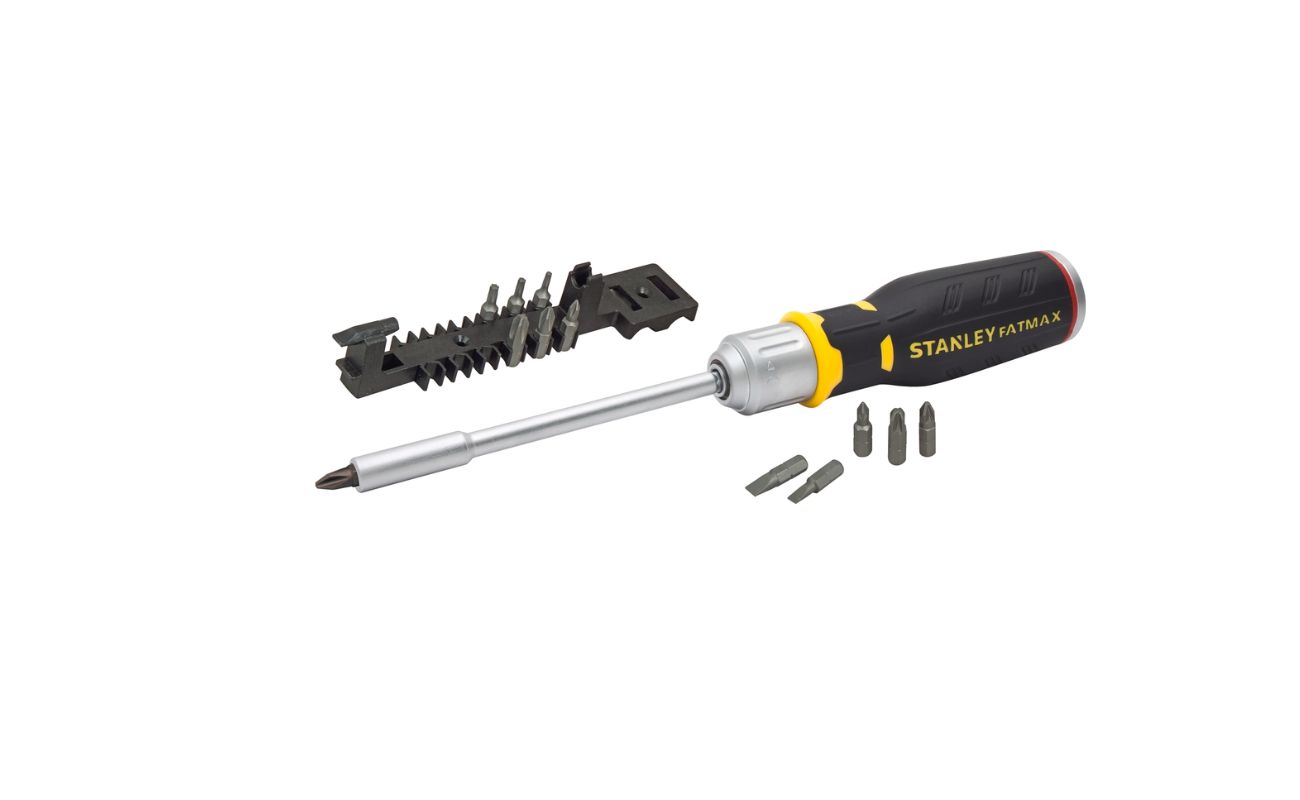
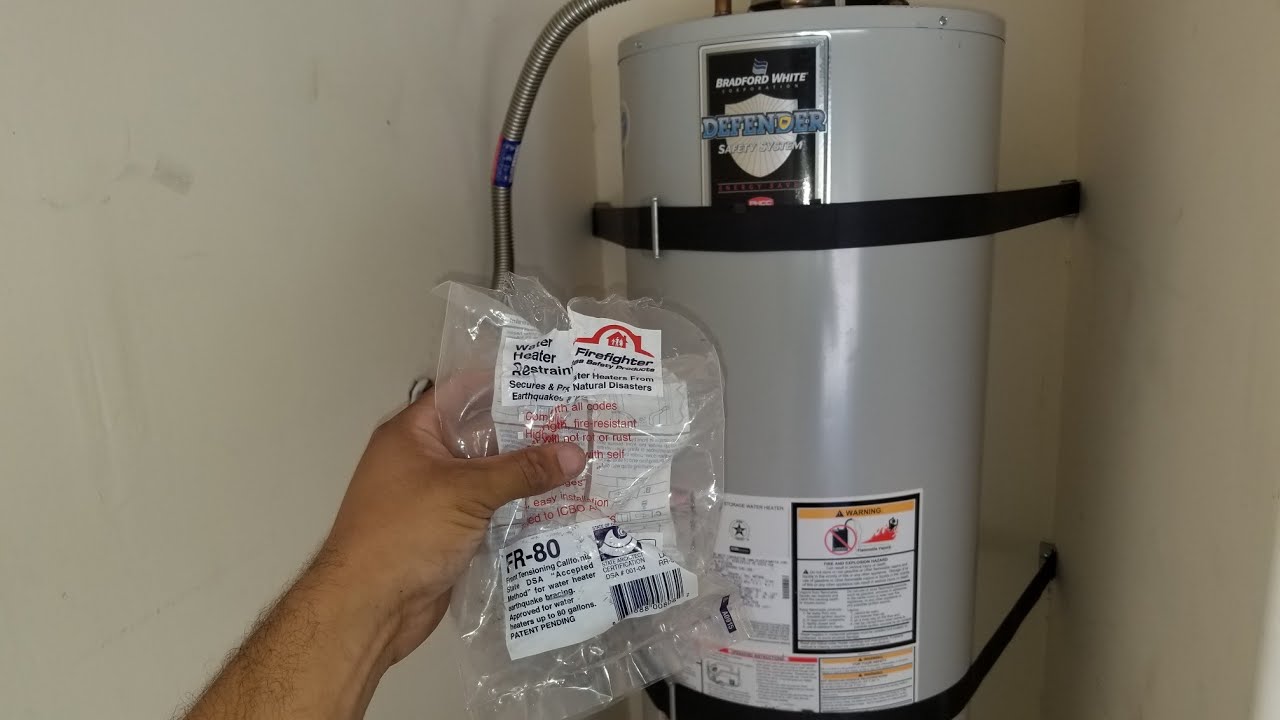
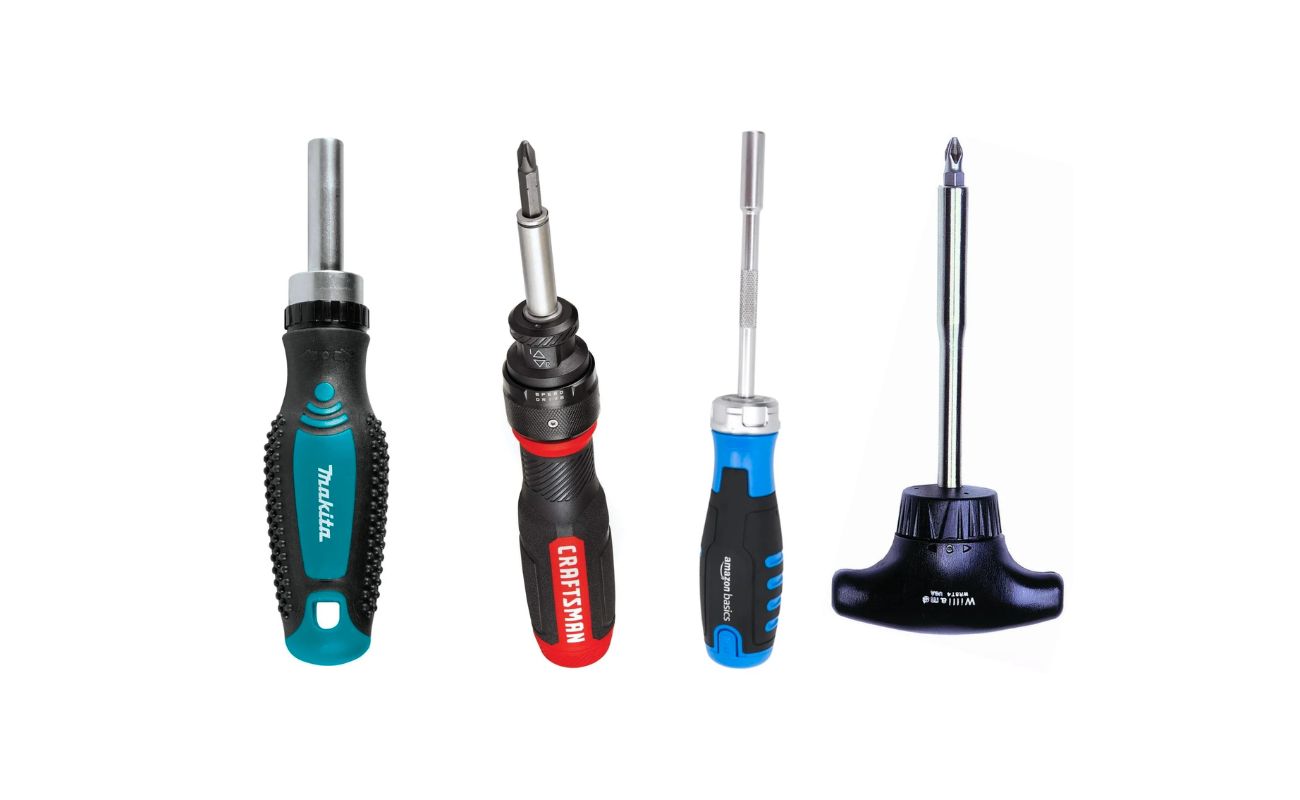
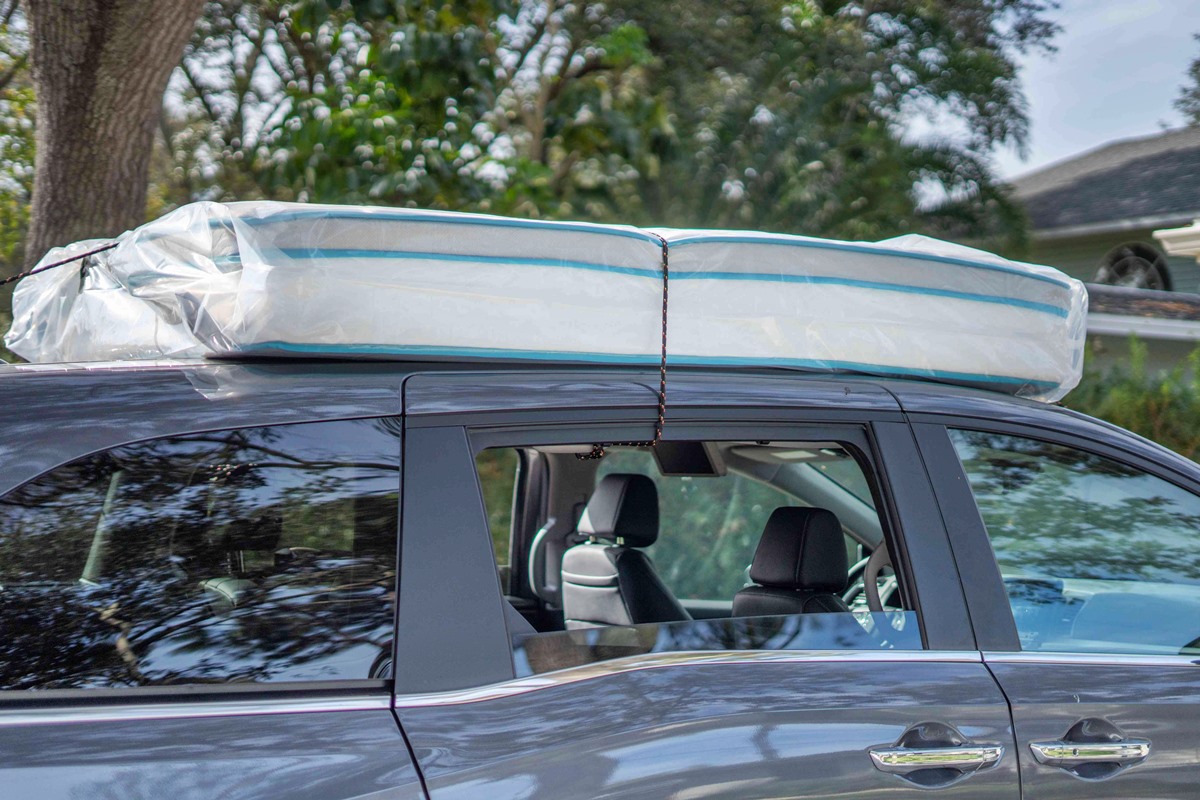
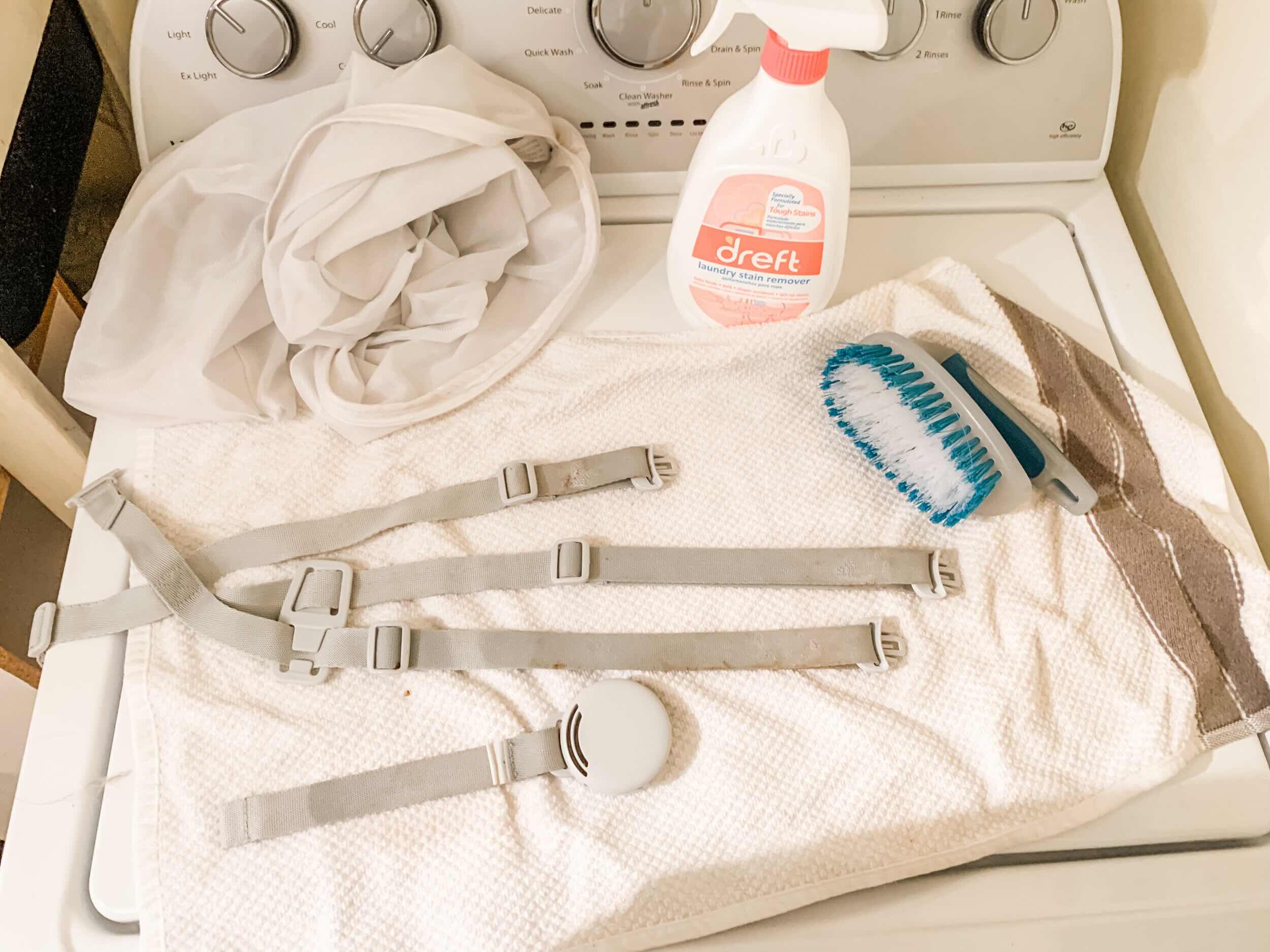

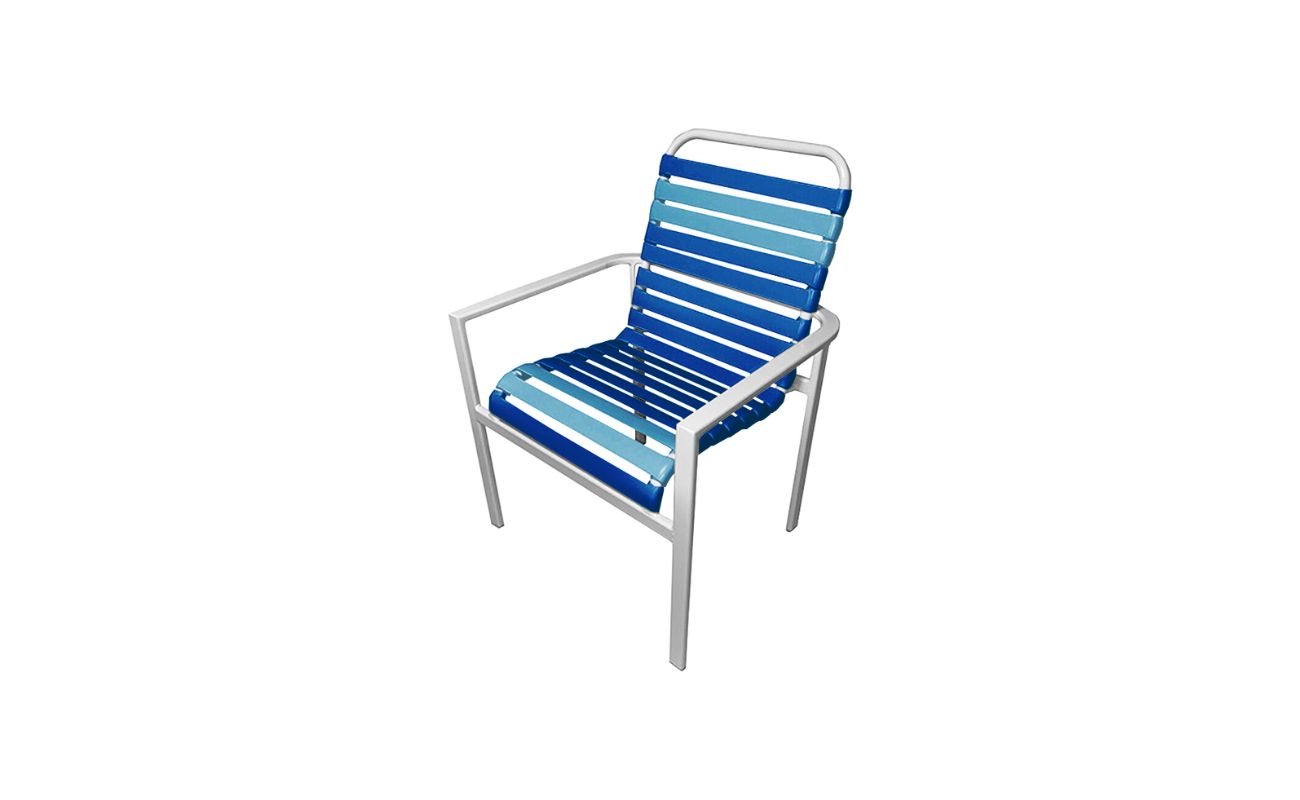
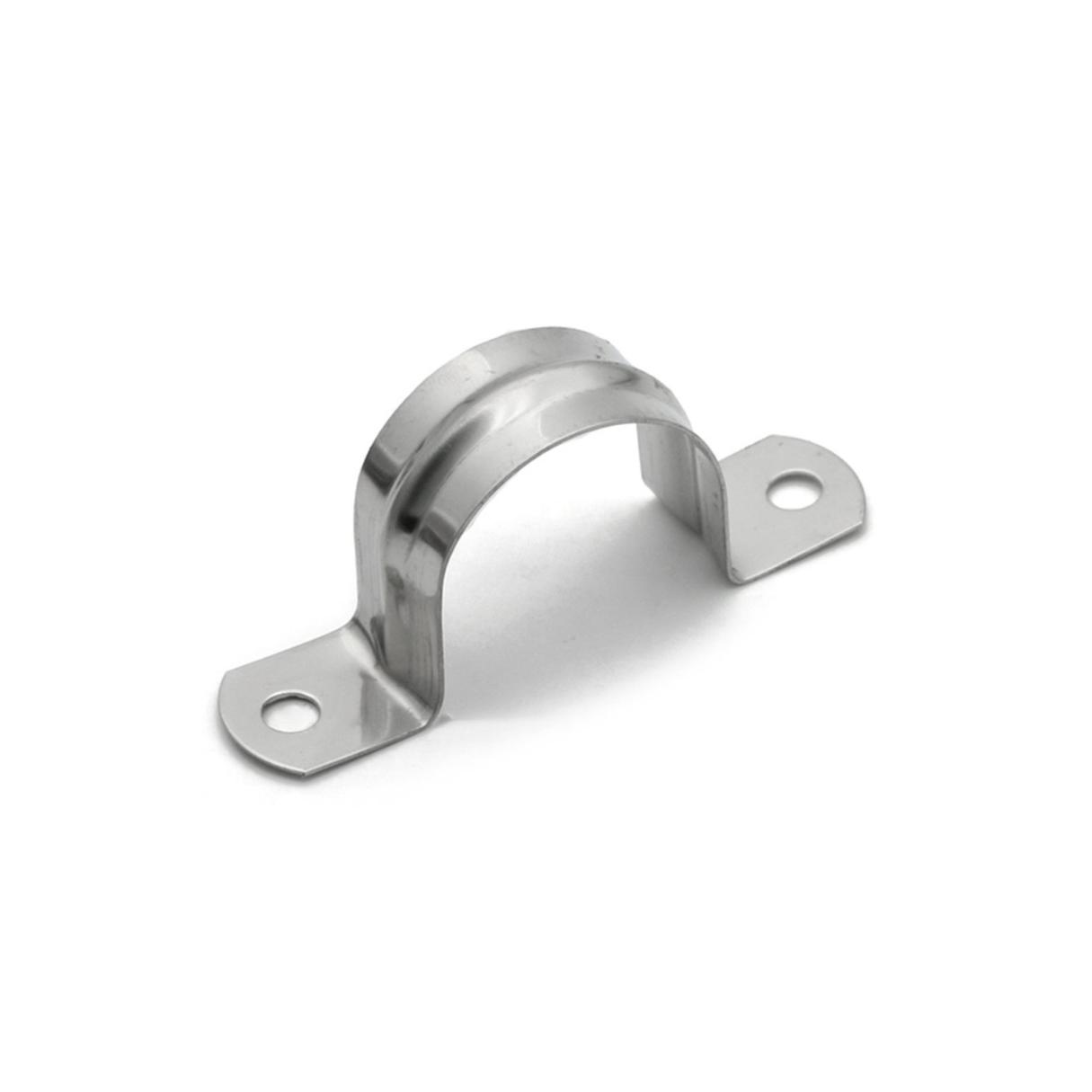


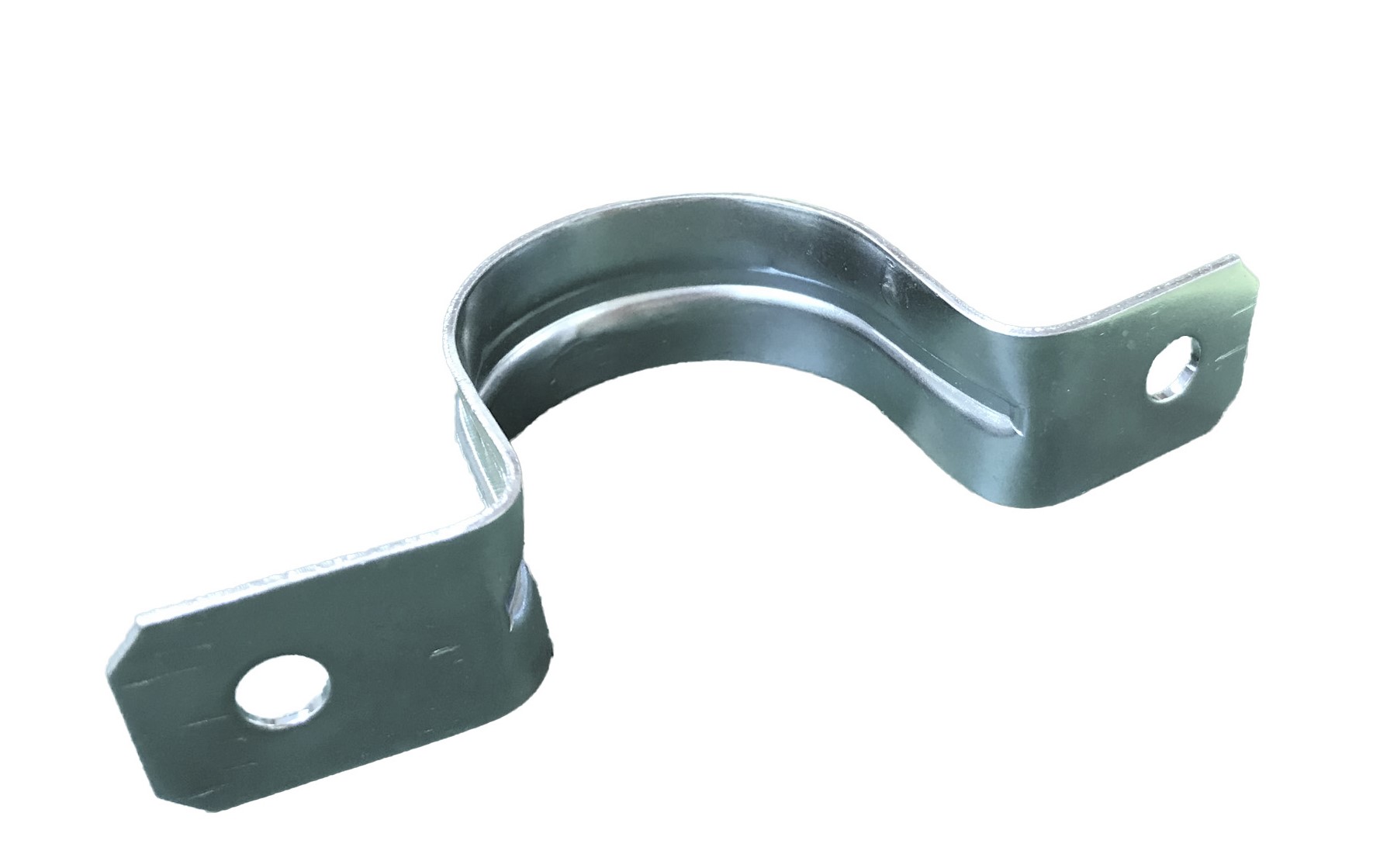

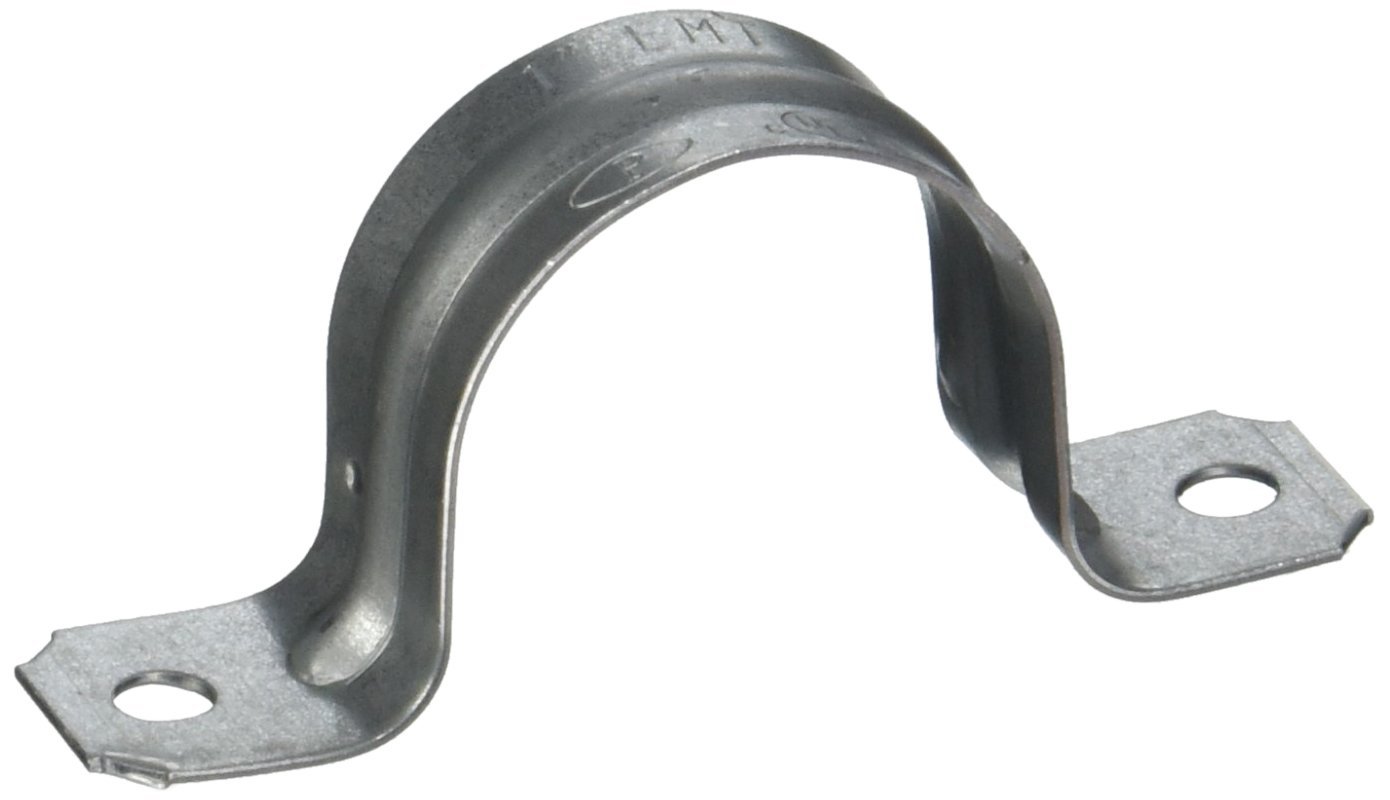

0 thoughts on “How To Store A Ratchet Strap”